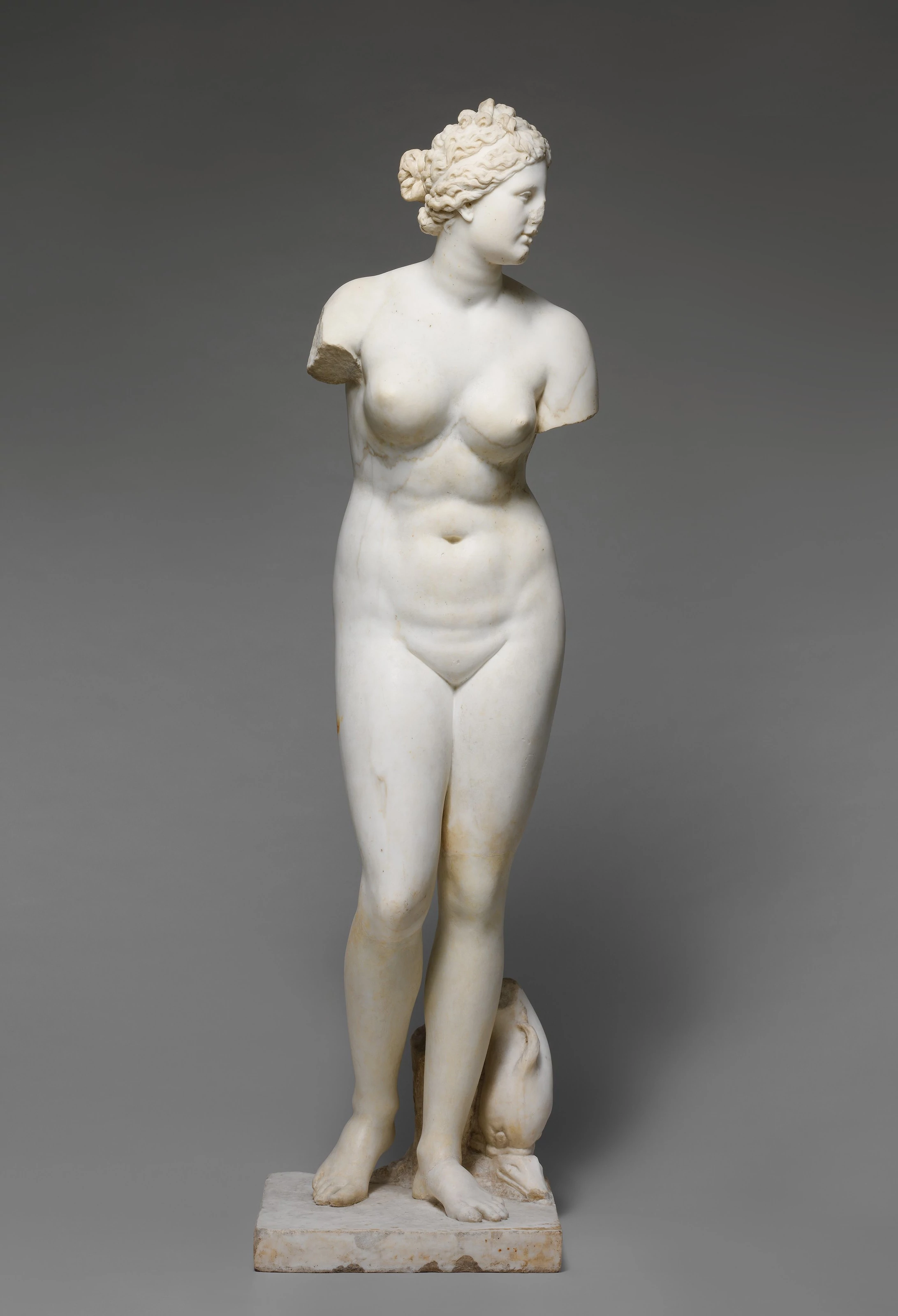
Charcoal
The quickest way to make a mark

Terracotta

Marble
The stone that glows like human skin
A type of vitreous enamel finish used on clay vessels where an underlayer of tin oxide was used to create a bright white finish on top of which additional enamel designs and images would stand out more brightly. Faience exploded in popularity in France at the end of the 16th century, but was first discovered around 800 CE by Islamic craftsmen in contemporary Iraq. Not the same as Egyptian Faience, where quartz crystals in the object itself are vitrified.